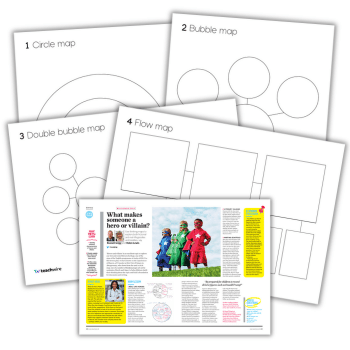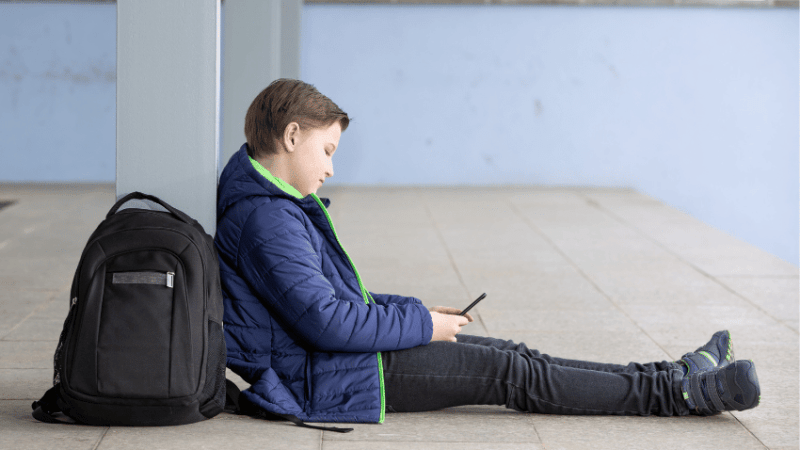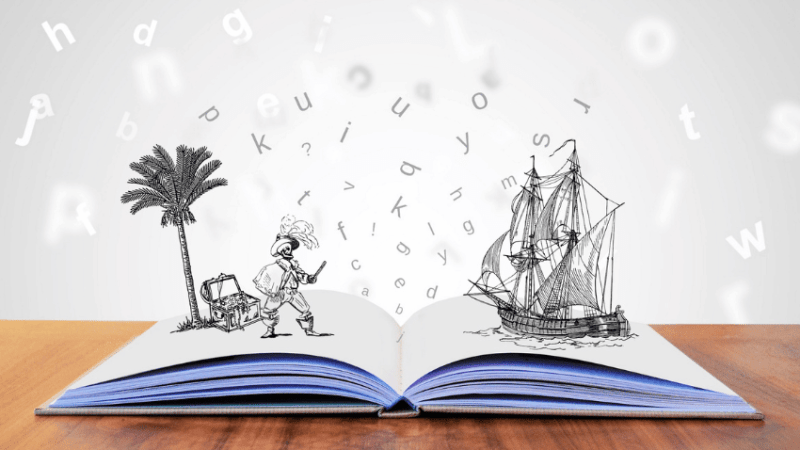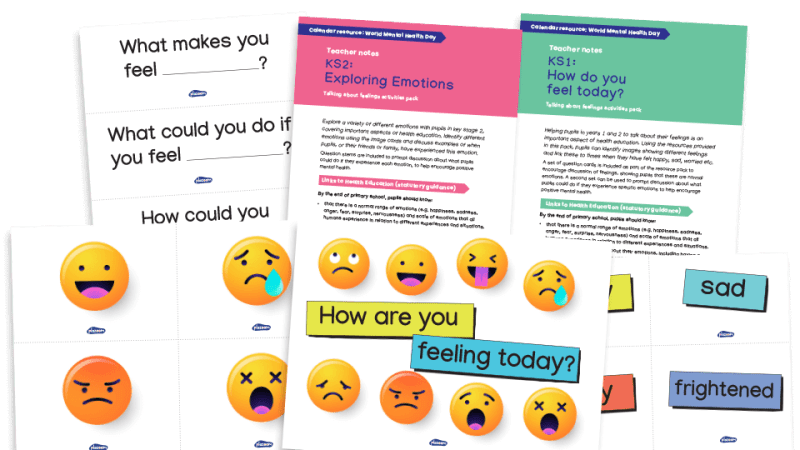Behaviour for learning – six management strategies

Getting your response right during and after flashpoints can make or break a child’s learning readiness…

Focus on emotions
Behaviour is a child’s way of communicating an unmet need, so make a conscious decision to work on identifying the emotions that have caused behaviour incidents, rather than the behaviour itself.
Think back on past scenarios, how you responded then and how you might approach it differently now. Focusing on the underlying emotions — the fuel for the fire rather than the flames and smoke that you see in the behaviour — will ultimately help you to help the child build the strong foundations of emotional wellbeing that they need to reach their potential.
Take a moment
Being mindful of your response to behaviour incidents will help you to ‘co-regulate’ or work with the child. That means steadying yourself before you can understand what is happening for the child when there is a behaviour flashpoint.
Stepping back and taking a brief moment of time — for example being aware of your breathing — allows you to make a conscious, deliberate response.
Tune in
We can all be present physically but, sometimes, our minds are somewhere else. So, once you have self-regulated, you then need to mentally tune into the situation.
The child may be feeling angry, disgusted or frustrated but, whatever their emotion, make sure to focus in on the feelings that are driving the behaviour and that the child knows you value them.
Sometimes, words aren’t enough
Creativity and play can give children the means to express their emotions far more articulately than through words. Pupils who present distress behaviours often find it difficult to explain in words what has happened and why they feel the way they do.
Asking them to describe a situation in words relies on a very complicated process of cognitive executive functioning. We are used to that as adults because we can draw on a large vocabulary, but the pathways to those words are less secure for children.
Puppet, sandbox or construction play, or art and craft sessions, can help a child express those feelings more clearly. To some eyes, this can look like rewarding children who have not learned to be steady in the classroom.
However, it’s actually the opposite because it can help to swiftly settle behaviour and allow these pupils to be ready to learn, faster.
Be careful with language
You can do this by saying things like, “Wow, I’m wondering if you’re really angry,” in order to establish why a child has reacted in the way they have, being careful not to say that you know that they are angry.
The language you use is important because it provides the space for the child to do some thinking with you. As an adult, it can be frustrating when somebody tells you that they know how you feel.
Well, the child feels the same but doesn’t have the social niceties to accommodate those frustrations.
Make routines matter
Predictability and routine play important roles in preventing behaviour issues in the first place. Children feel safer and steadier when they can predict what is going to happen around them.
Visual timetables on the classroom walls can help children orientate themselves, and therefore may prevent meltdowns.
Viv Trask-Hall is a former primary headteacher and principal trainer at the Thrive Approach, an organisation that specialises in training education professionals to support children’s emotional and social development.
Browse more behaviour management strategies for primary school.











